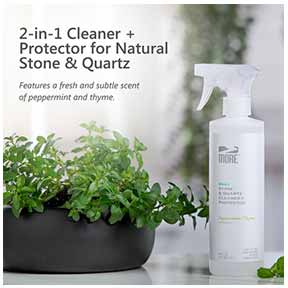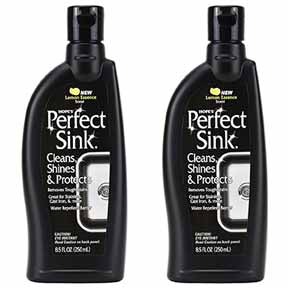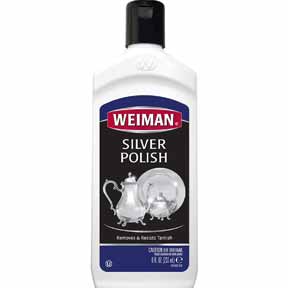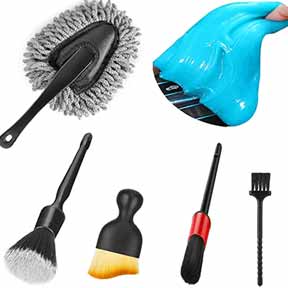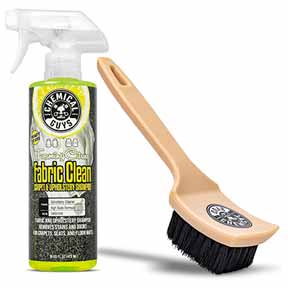Caring for Cast Iron
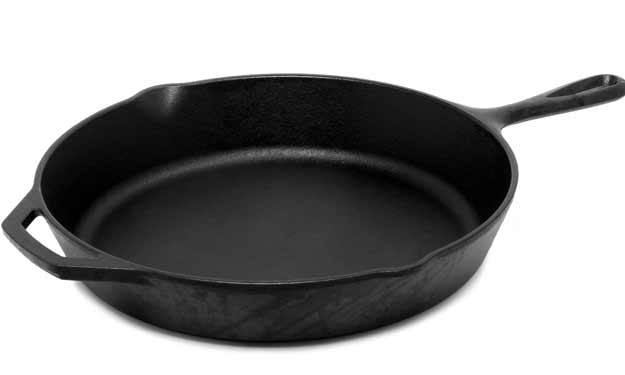
Cast Iron is Strong and Durable and if Cared for Properly, Will Last a Lifetime.
How to Clean, Season and Restore Cast Iron
Caring for cast iron. Growing up, I remember my grandmother pulling out her big, black cast iron pan for nearly every meal. As a child, I couldn’t help but wonder why she didn’t just replace it with something newer and shinier. To me, the pan looked old, worn, and, dare I say, dirty. She would smile at my innocence and say, “It’s not dirty, dear; it’s seasoned.” Now that I use my own cast iron pan for countless meals, I finally understand what she meant. That well worn look is part of its charm and its functionality. Let’s look into the dos, don’ts, and secrets to maintaining cast iron cookware for a lifetime of use.Why Choose Cast Iron?
Cast iron cookware has been used for centuries for its durability, heat retention, and versatility. A well seasoned cast iron pan naturally prevents food from sticking and protects itself from rust and damage. When properly maintained, it only gets better with age, developing a smooth, non-stick surface that rivals modern cookware.Benefits of Cast Iron Pans
- Longevity: Cast iron pans can last for generations if cared for properly.
- Natural Non-Stick Surface: The “seasoning” creates a non-stick layer without synthetic chemicals.
- Heat Retention: Cast iron holds heat exceptionally well, making it ideal for searing, frying, and baking.
- Health Boost: Cooking acidic foods like tomato sauce in cast iron can increase your iron intake, a nutrient for energy and immune health.
What Not to Do When Cleaning Cast Iron
Caring for cast iron isn’t complicated, but there are a few common mistakes to avoid. Missteps like soaking your pan, using soap, or scrubbing with steel wool can strip away the seasoning and lead to rust.How to Avoid Mistakes
- Don’t soak your pan in water as it can cause rust.
- Avoid using soap unless you plan to re-season the pan.
- Never put cast iron in the dishwasher.
- Don’t use steel wool and sharp tools for cleaning.
How to Clean Cast Iron Pans
Cleaning cast iron pans properly is essential for maintaining its seasoning and preventing rust. Here’s how:Clean Cast Iron After Every Use
Rinse the pan with hot water immediately after cooking and use a non-soapy sponge or cloth to scrub away food residue. For stubborn stuck-on food, try one of the following:- Scrub with kosher salt and a paper towel.
- Boil water in the pan to loosen debris.
After Cleaning Cast Iron – Dry It!
After cleaning cast iron, dry it completely with a towel. Never let cast iron air dry or it can rust quickly.Oil Your Cast Iron
After drying cast iron, rub a very thin layer of vegetable oil over the surface and wipe away excess oil with a paper towel.How to Season Your Cast Iron Pan
Seasoning is the process of baking oil into the surface of the pan to create a durable, non-stick coating.- Preheat your oven to 200°F (93°C) and place the pan inside to warm.
- Once warm, carefully remove the pan and apply a thin layer of oil (such as vegetable oil or melted Crisco or lard) to the inside and outside surfaces.
- Wipe away any excess oil – less is more!
- Increase the oven temperature to 500°F (260°C).
- Place the pan upside down on the middle rack, with a foil-lined baking sheet below to catch drips.
- Bake for 1 hour, then turn off the oven and let the pan cool inside.
Restoring a Neglected Cast Iron Pan
If you’ve inherited a rusty, grimy pan or found one at a thrift store, don’t worry, most cast iron can be salvaged.Option 1: Hot, Soapy Water
- Scrub the pan with hot, soapy water and a stiff brush to remove old seasoning or grime.
- Rinse, dry thoroughly, and re-season.
Option 2: Oven Cleaner and Vinegar
- Spray the pan with oven cleaner and let it sit in a sealed bag for 24 to 48 hours.
- Rinse and soak in a 50/50 vinegar and water solution for 30 minutes to remove rust.
- Scrub with fine steel wool, rinse, dry, and re-season.
Cooking with a Newly Seasoned Pan
To help a fresh seasoning set, start by cooking fatty foods like bacon or frying oil-based dishes. This helps fill in any surface imperfections and reinforces the non-stick coating.Caring for Cast Iron
- Always dry your pan immediately after washing.
- Store in a cool, dry place. In humid areas, avoid storing with the lid on to prevent moisture build-up.
- Re-season periodically, especially if food begins to stick or the surface looks dull.
Car and Household Cleaners
